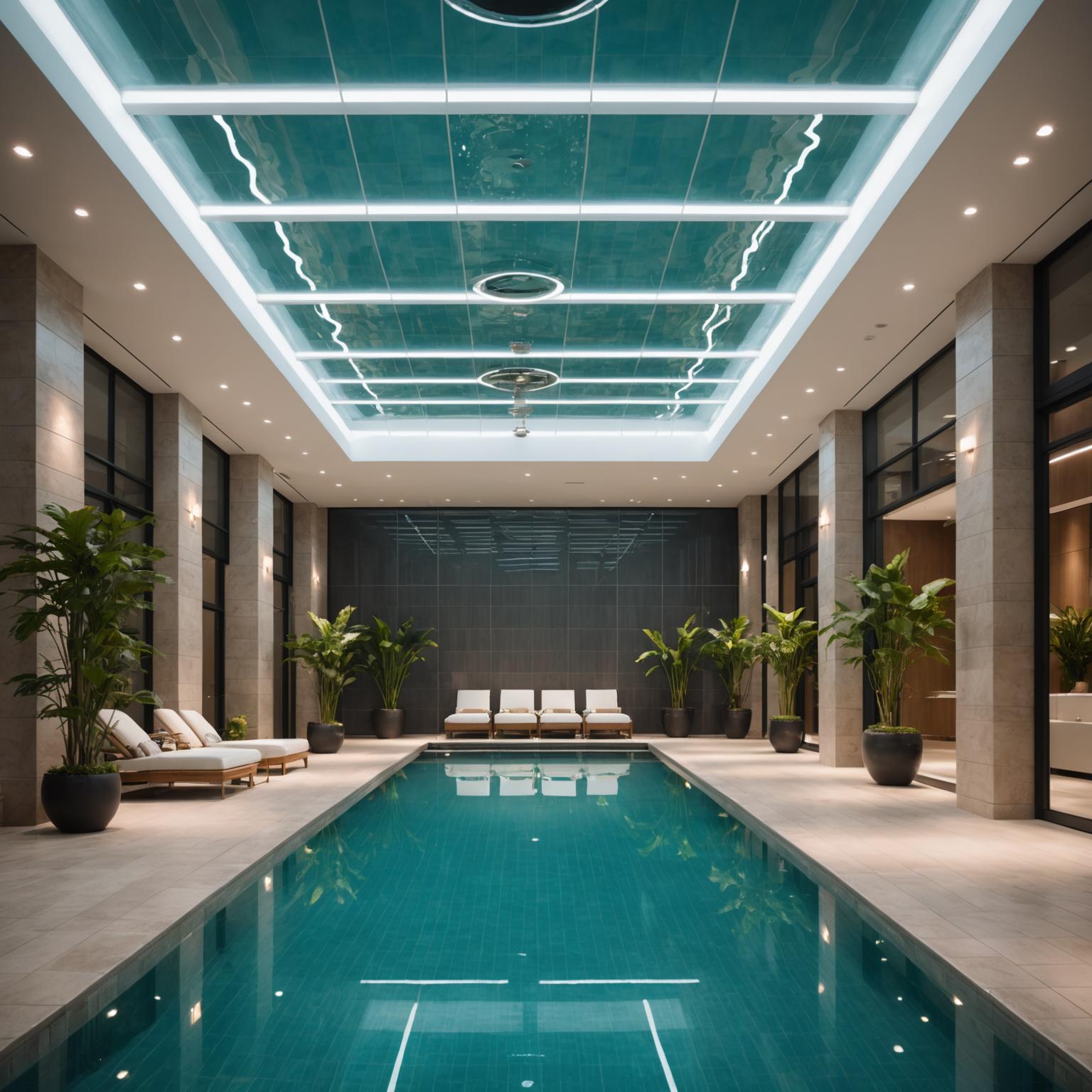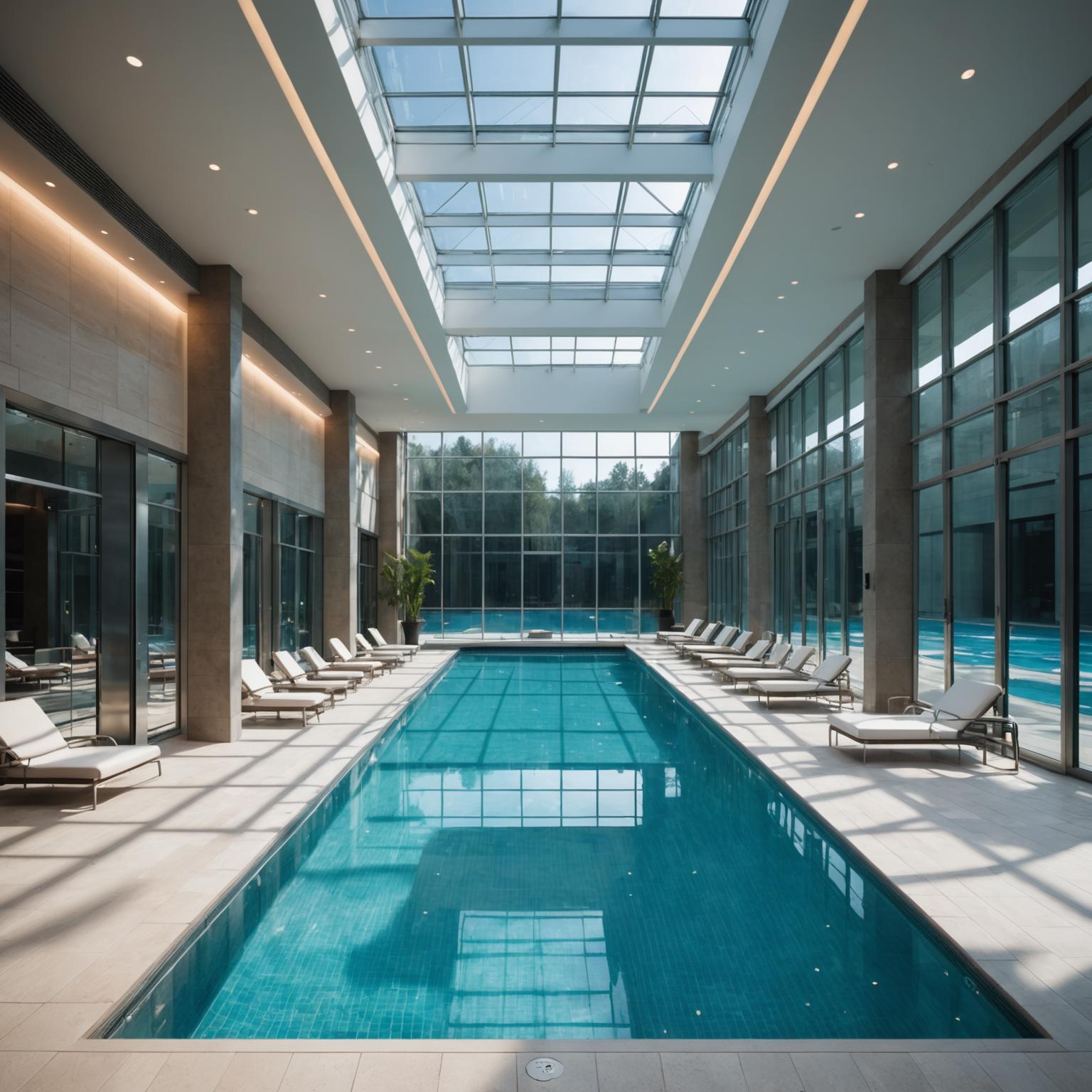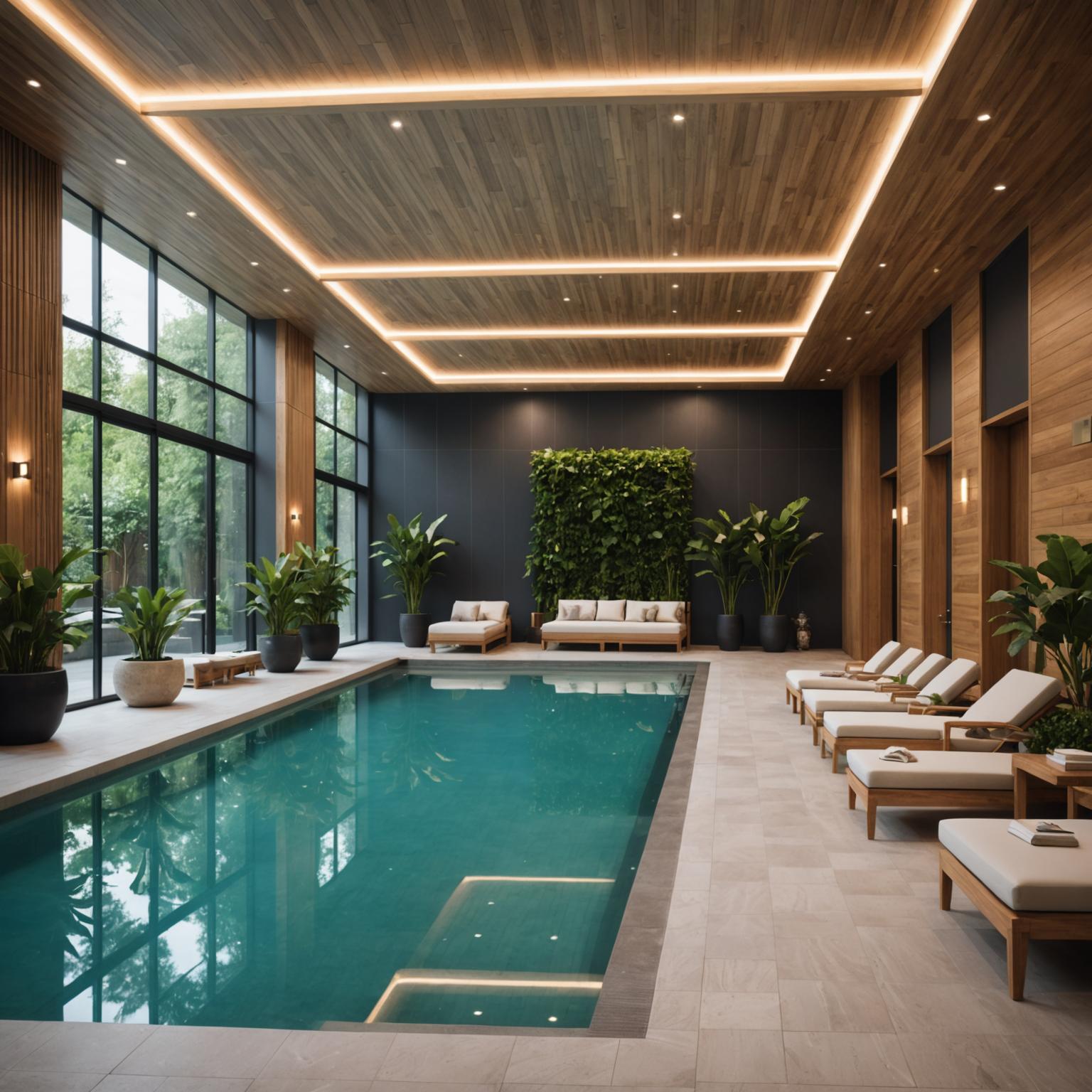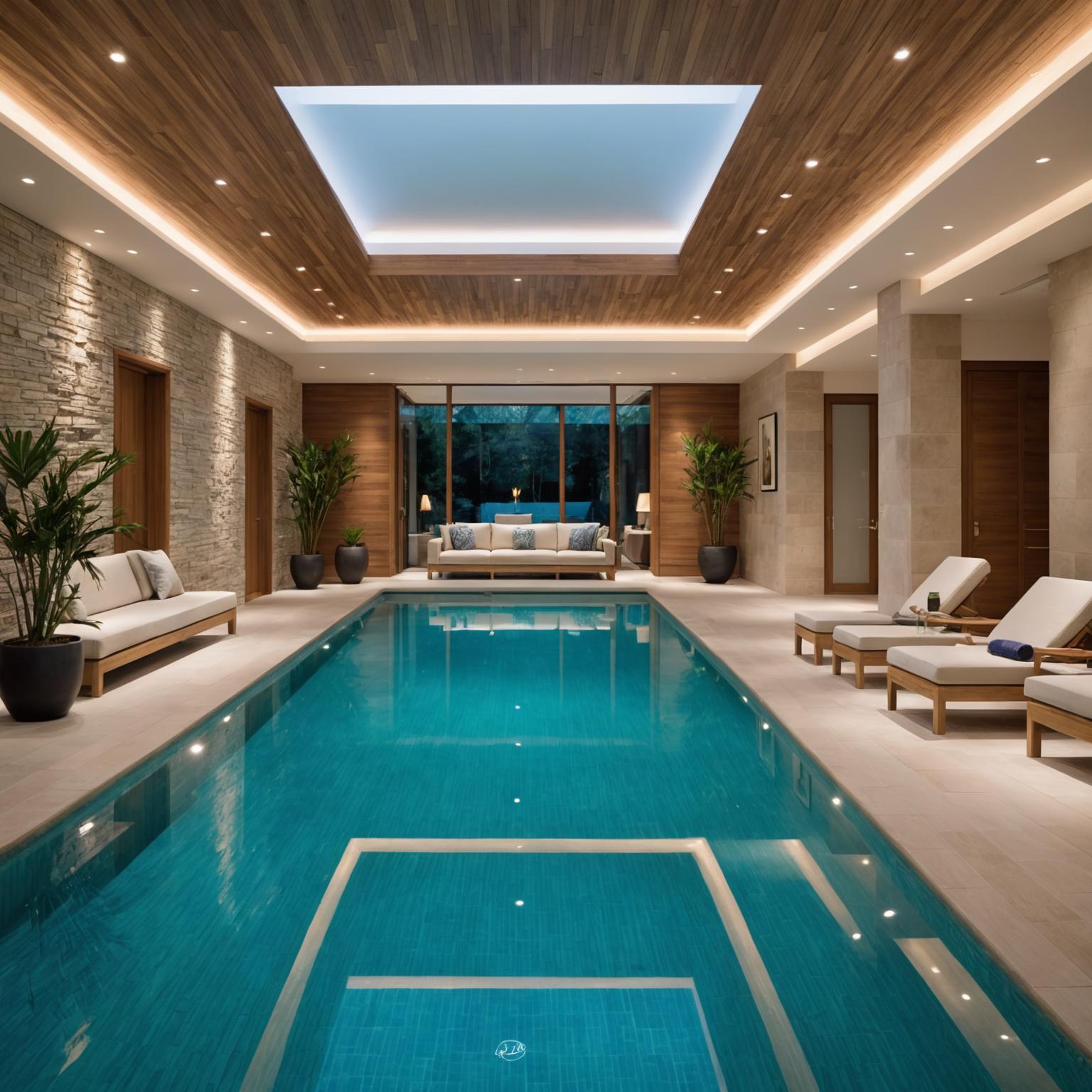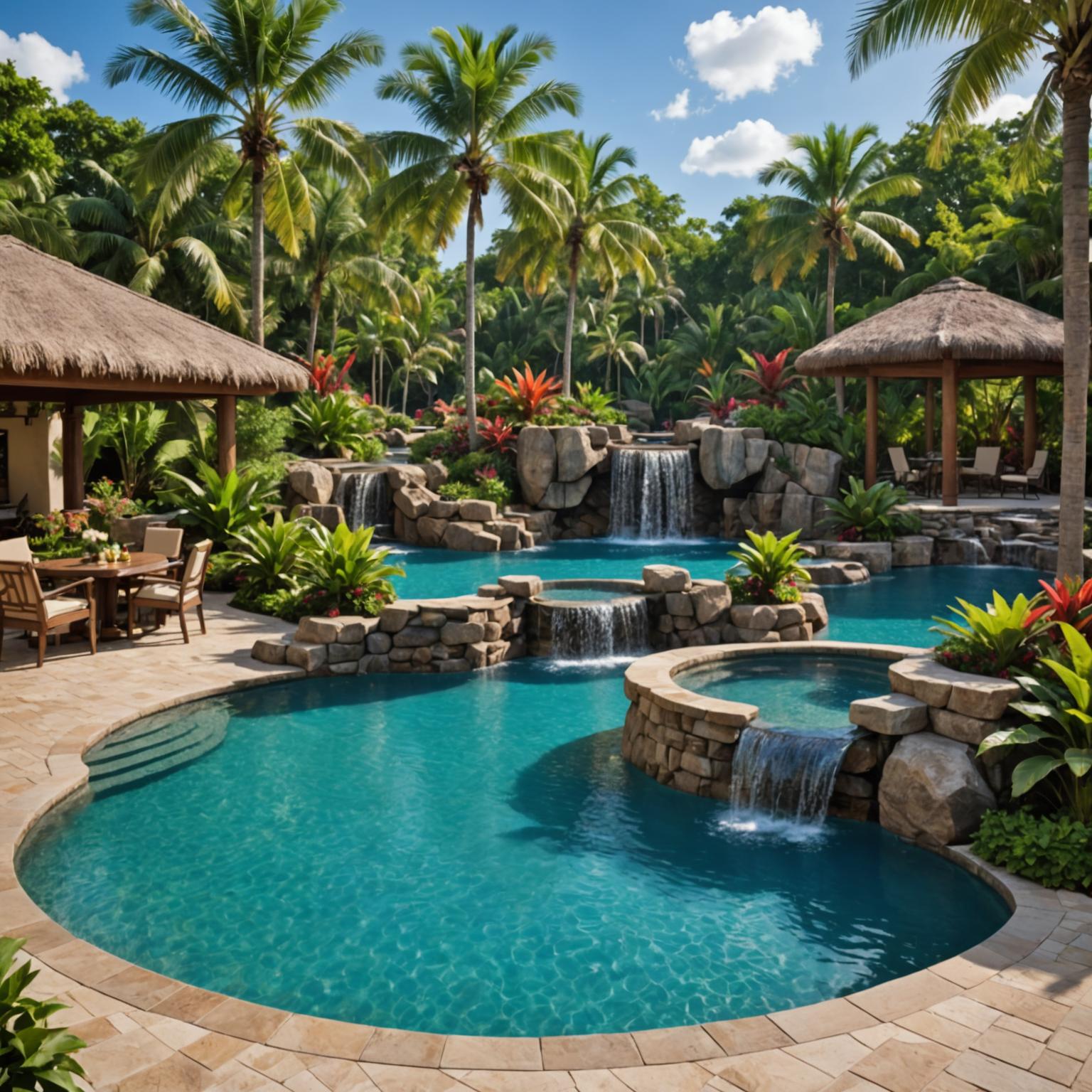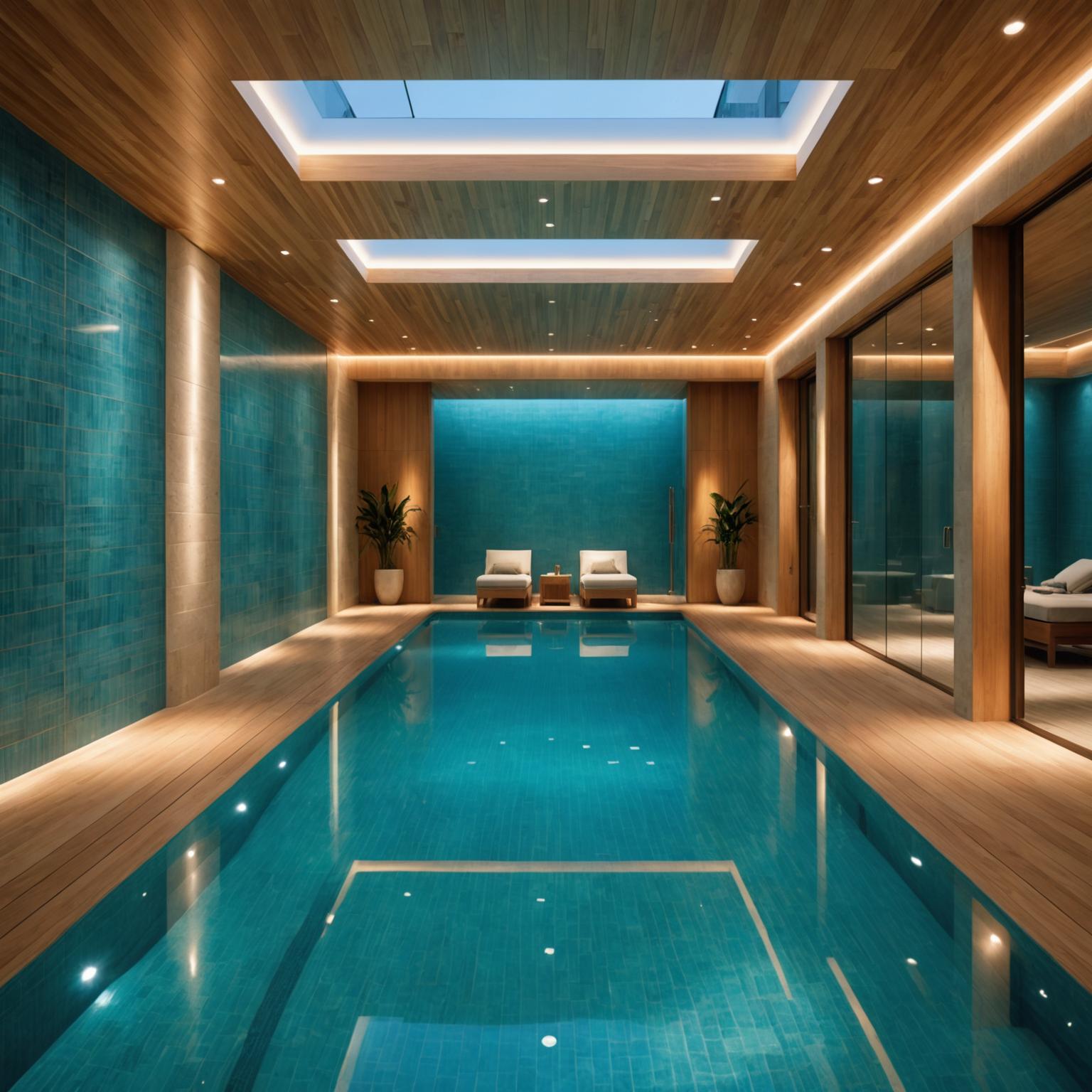
Redefining Pool Maintenance: How Modern Pool Brush Manufacturers Optimize Durability and Coverage
The Hidden Challenge Behind Pool Cleaning Tools
In large aquatic environments, the quality of the brush system determines both cleaning efficiency and surface preservation. Traditional brushes, while low-cost, often suffer from bristle deformation, handle corrosion, and chemical wear—leading to uneven cleaning and higher maintenance costs.
Modern pool brush manufacturers approach this problem from an engineering standpoint: by redefining materials, geometry, and bristle layout, they turn a simple tool into a high-performance maintenance device capable of lasting through thousands of cycles.
The Engineering Behind Modern Pool Brush Design
The evolution of pool brushes is rooted in industrial design and hydrodynamics. Today’s models integrate materials that respond to chemical and mechanical stress differently:
-
Reinforced Bristle Core: Dual-density nylon or PET fibers maintain stiffness while preventing scratching on sensitive pool liners.
-
Anodized Aluminum Frame: Replaces standard plastic with corrosion-resistant alloys to reduce bending under pressure.
-
Curved Head Geometry: Maximizes surface contact and distributes cleaning force evenly.
-
Hydro-Flow Channeling: Bristle spacing optimized for water flow, preventing debris buildup and reducing drag during motion.
-
Ergonomic Handle Interface: Adjustable angle grips allow operators to clean vertical walls and corners without overexertion.
In practice, these design principles increase both longevity and user efficiency, reducing operator fatigue and replacement frequency.
Traditional vs. Modern Pool Brush Systems
| Feature | Traditional Brushes | Modern Industrial Brushes |
|---|---|---|
| Bristle Material | Standard nylon | Dual-density reinforced PET/Nylon blend |
| Handle Build | Plastic or PVC | Anodized aluminum / Stainless steel |
| Corrosion Resistance | Moderate | High, suitable for chlorinated environments |
| Cleaning Coverage | Uneven, edge blind spots | Curved head ensures full contact |
| Lifespan | 3–6 months | 12–18 months continuous use |
| Maintenance Cost | Frequent replacement | Reduced total cost of ownership |
Unlike older systems, industrial pool brushes are precision-calibrated for predictable pressure distribution—key for facilities operating under daily cleaning schedules.
Practical Applications Across Different Facilities
Modern pool brushes are widely adopted across diverse environments, each requiring unique cleaning approaches:
-
Resorts & Hospitality Pools: Prioritize aesthetic clarity and gentle brushing for decorative tiles.
-
Sports Centers: Require deep scrubbing power and chemical resistance for large pool basins.
-
Public Aquatic Facilities: Focus on reliability under repetitive, multi-operator use.
-
Industrial or Training Pools: Need high-pressure brushes that pair with automatic vacuum systems.
The ability to tailor bristle hardness and frame flexibility enables manufacturers to deliver products that perform consistently under varying workloads and chemical concentrations.
Selecting the Right Pool Brush for Professional Maintenance
Procurement managers and maintenance supervisors can optimize operations by focusing on material science and ergonomic compatibility:
-
Bristle Type Matters: Choose medium-hardness PET or nylon for general cleaning; stainless bristles only for non-coated surfaces.
-
Check Handle Compatibility: Ensure universal adapters match telescopic poles and vacuum extensions.
-
Inspect Frame Curvature: Curved-edge designs clean steps and corners more effectively.
-
Prioritize Anti-Corrosion Ratings: Look for anodized or powder-coated finishes with at least 500-hour salt spray resistance.
-
Balance Weight and Stiffness: Overly light brushes may vibrate and reduce contact efficiency.
Facilities that standardize their cleaning tools by type and build often report 20–30% reductions in annual equipment replacement costs.
Manufacturing Excellence: How Quality Drives Performance
A professional pool brush manufacturer combines precision molding, materials testing, and design iteration. The production process includes:
-
Ultrasonic Bristle Fusion: Ensures secure fiber anchoring for long-term stability.
-
High-Tensile Frame Forming: Prevents handle deformation under torque.
-
Salt Spray & Chlorine Endurance Testing: Simulates real-world exposure cycles.
-
OEM/ODM Customization: Adjust bristle stiffness, color, or branding for distributors and pool equipment suppliers.
This blend of industrial consistency and tailored adaptability forms the foundation of modern pool maintenance solutions.
To learn more about professional-grade pool maintenance tools or discuss OEM customization, visit Bonny’s homepage or contact us here.


